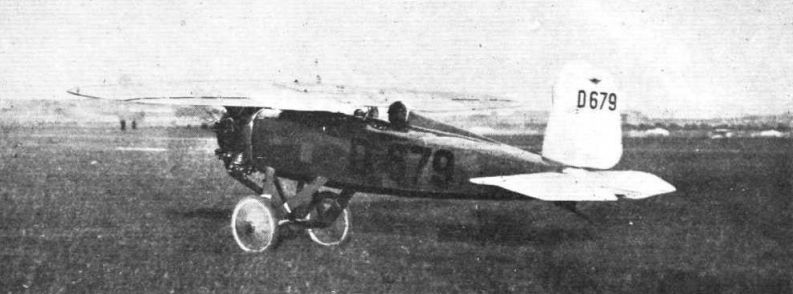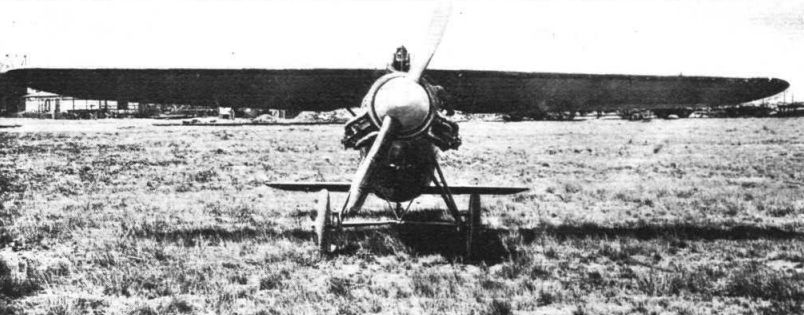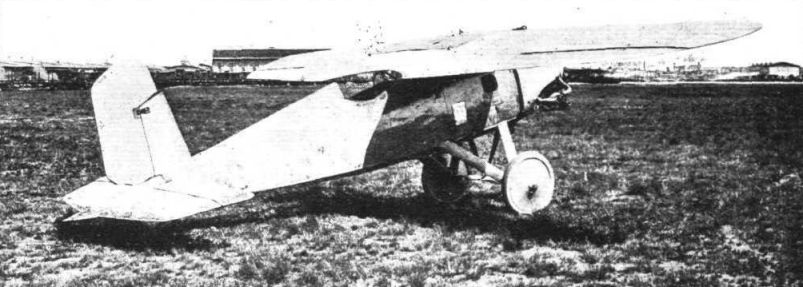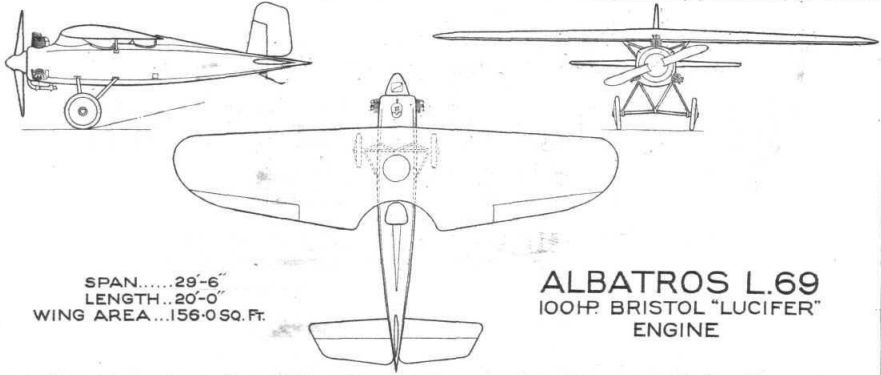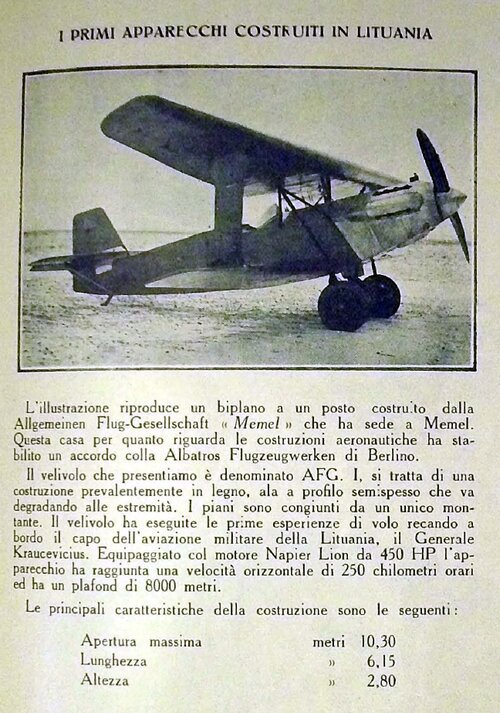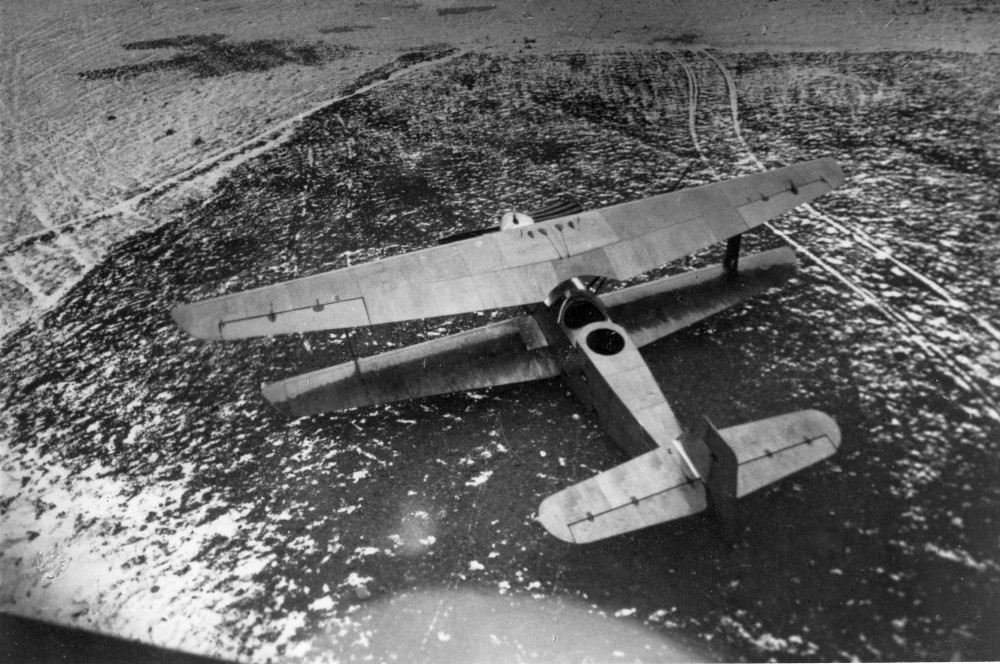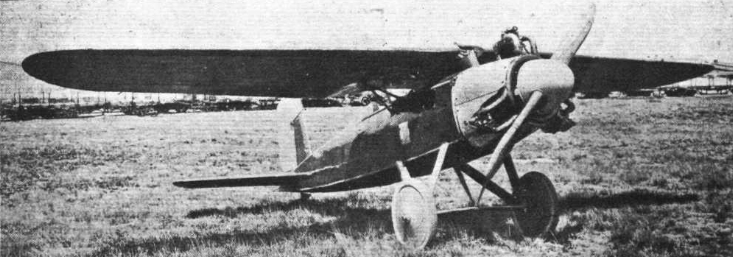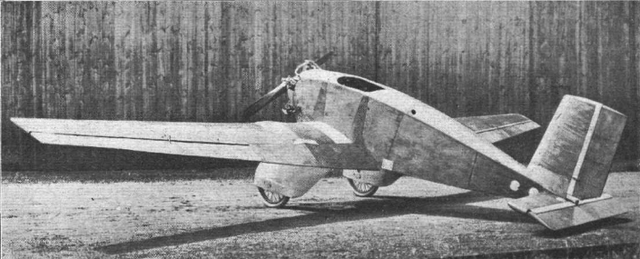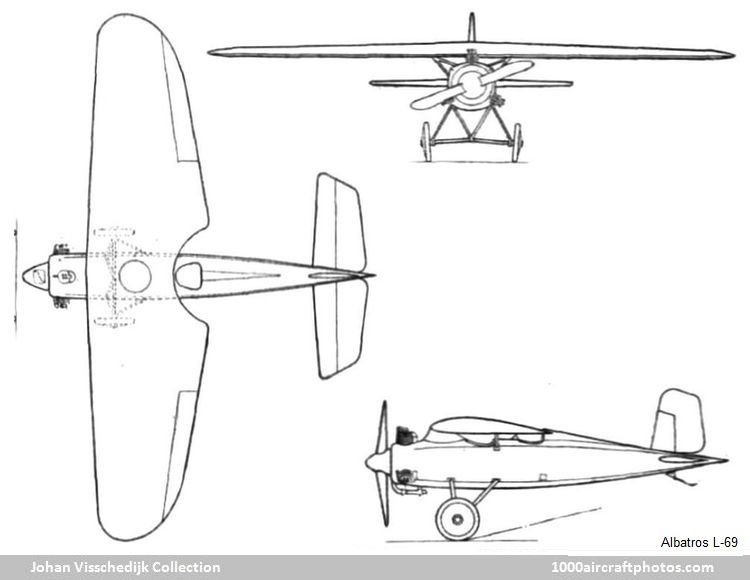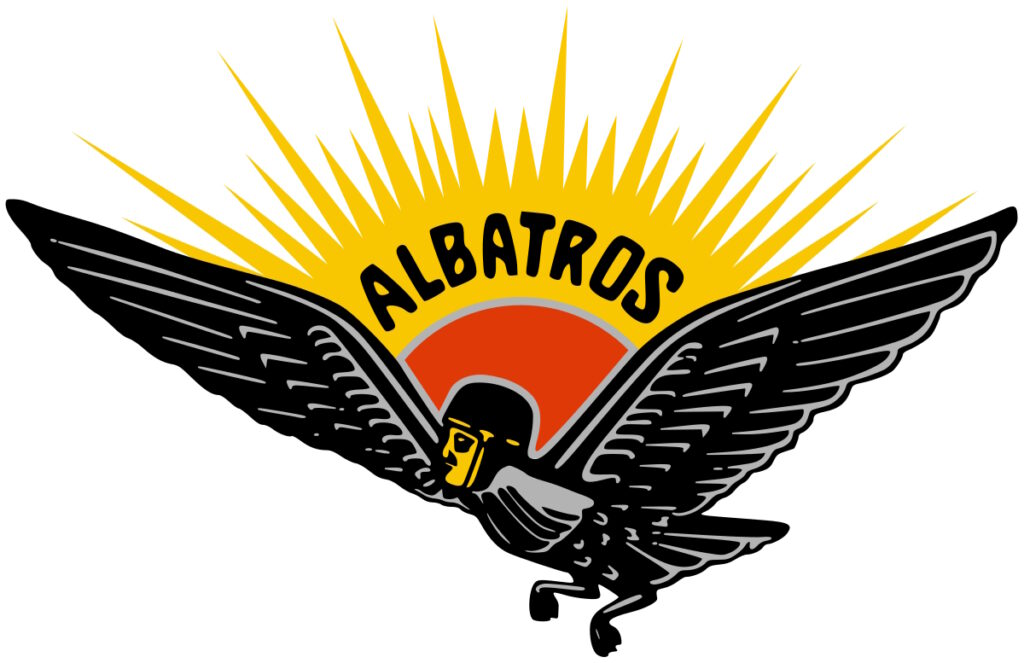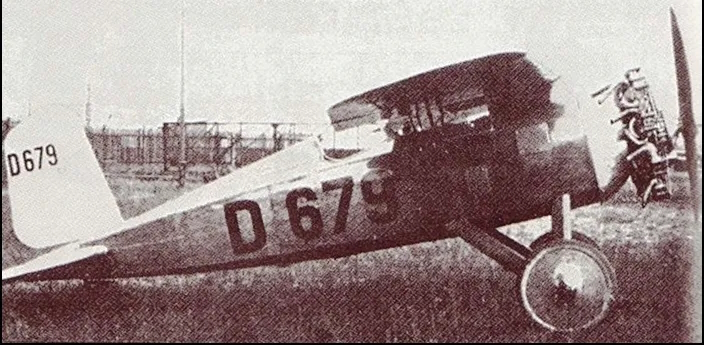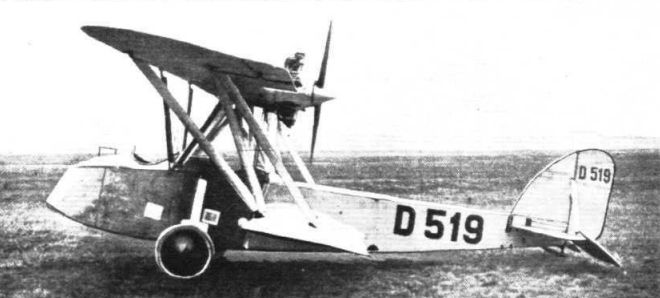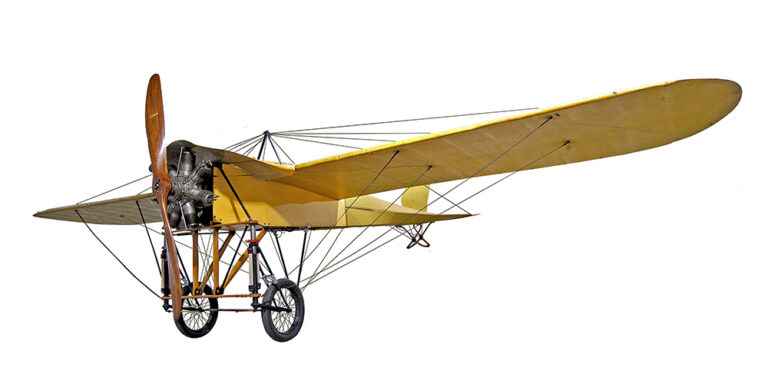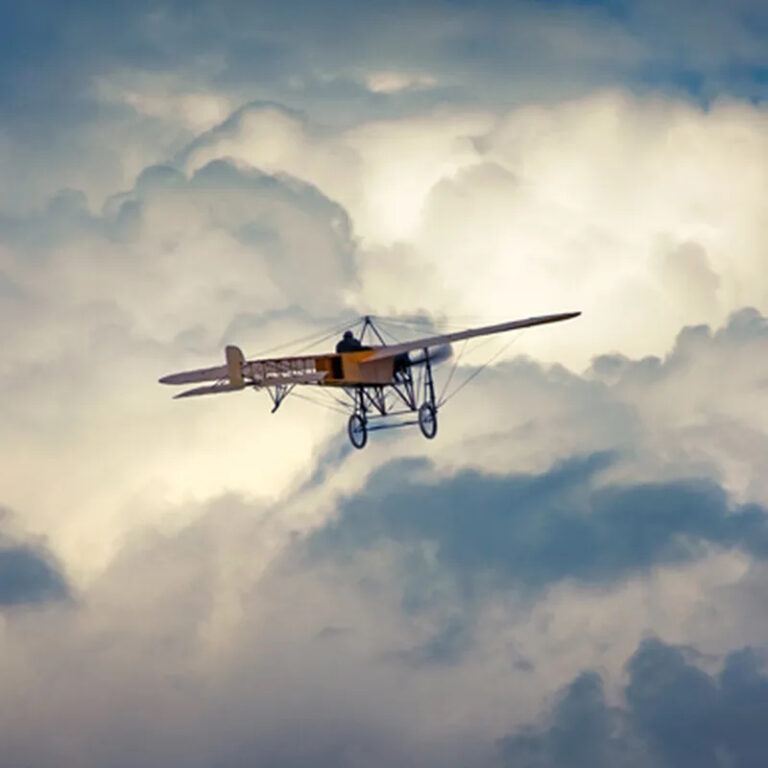Views: 4
Information
The Albatros L 69 was a two-seat German parasol monoplane racing and training aircraft of 1925. It was a single-engine parasol-wing monoplane of conventional configuration that seated the pilot and passenger in tandem, open cockpits. It was advertised as a trainer, however contemporary reports dismissed this due to the difficulty in accessing the front cockpit, and the designers’ focus on performance.
Operational history
In 1925, the Albatros test pilot Kurt Ungewitter won Class D in the Deutsche Rundflug (“Round Germany”) in an L 69a, but was killed in one in a crash two years later. The “Round-Saxony” flight Class D was won by a Bristol Lucifer-engined Albatros L.69, piloted by a student at an average speed of 165 km/h.
Variants
- L 69 – two examples with Bristol Lucifer engine
- L 69a – two examples with Siemens-Halske Sh 12 engine
Specifications (L 69a)
General characteristics
- Crew: two, pilot and instructor
- Length: 6.10 m (20 ft 0 in)
- Wingspan: 8.06 m (26 ft 5 in)
- Height: 2.57 m (8 ft 5 in)
- Wing area: 14.0 m2 (151 sq ft)
- Empty weight: 480 kg (1,058 lb)
- Gross weight: 685 kg (1,510 lb)
- Powerplant: 1 × Siemens-Halske Sh 12 , 80 kW (110 hp)
Performance
- Maximum speed: 170 km/h (110 mph, 96 kn)
- Endurance: 2 hours
- Service ceiling: 4,000 m (13,100 ft)
- Rate of climb: 4.2 m/s (820 ft/min)
Refernece
https://en.wikipedia.org/wiki/Albatros_L_69
Pictures


